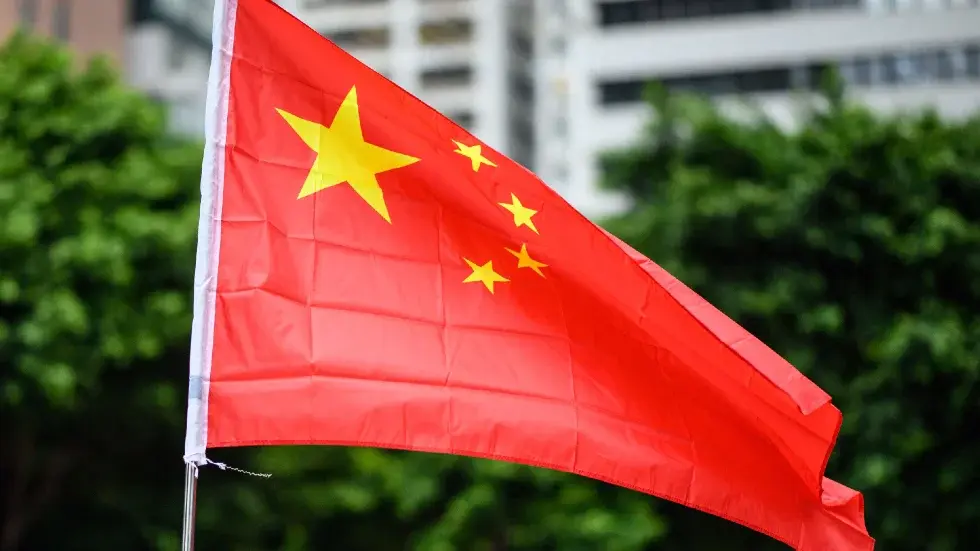- cross-posted to:
- china
- cross-posted to:
- china
You must log in or register to comment.
Here comes a liberal: tHeY wErE pAiD bY tHe sissY pEe
according to liberals, anyone who backs china in any way is paid by china
Who let the liberal in the walls speak?!
🤣
Copy-pasting an old comment I made:
https://www.chinadaily.com.cn/china/2013-09/25/content_16991958.htm
https://unpo.org/article/15640
Obviously a lot of this is from chinese sources because search engines are literally flooded with Zenz-sourced slavery narratives. Piecing together info from multiple articles we can conclude that:
- Migrant workers enter Xinjiang to pick cotton yearly, Zenz and Co do not dispute this and even exaggerate numbers. What they fail to point out is that the majority of these migrants come from Han-majority regions.
- Uigher farmers and laborers in Xinjiang are worried about competition from Han workers due to local unemployment. Western sources don’t dispute this and even use it as a central thesis in their China-bad articles, but they use clever word choice to obfuscate the fact that the migrants tend to be the same Han laborers from bullet point 1. They don’t mention that the majority of these workers go back home to surrounding provinces once the harvest season is over. If hundreds of thousands of migrants were permanently settling every year, then the Han Population would be growing by at least 1 million every few years. Census data, however, shows the Han population of Xinjiang was 8,611,000 in 2015 and 7,857,370 in 2018 for a net loss of 753,000 Han residents.
- Uigher farmers are concerned about the cost of increased mechanization, as they are not able to compete with more wealthy Han farmers who can afford the up-front costs of renting combine tractors from the state. Mechanical harvests not only increase profits for the farmer (being cheaper to operate and significantly cutting down the number of workers), but they also make mechanized farms more competitive than the manually harvested farms that local Uighers can afford.
- Mechanization incentives have been increased in response to international sanctions on migrant labor.
- Therefore we can conclude that sanctions on migrant labor increases inequality between Han and Uigher farmers through market forces. This can have a feedback loop effect of further increasing unemployment and create unrest or a humanitarian situation that the central govt will need to expend resources on to address. This will be reported on by western sources as China’s fault.
- Additionally: Americans are double-dipping here by selling John Deere tractors to these farmers and the state, while fashion companies can seize ‘tainted’ product for free.





